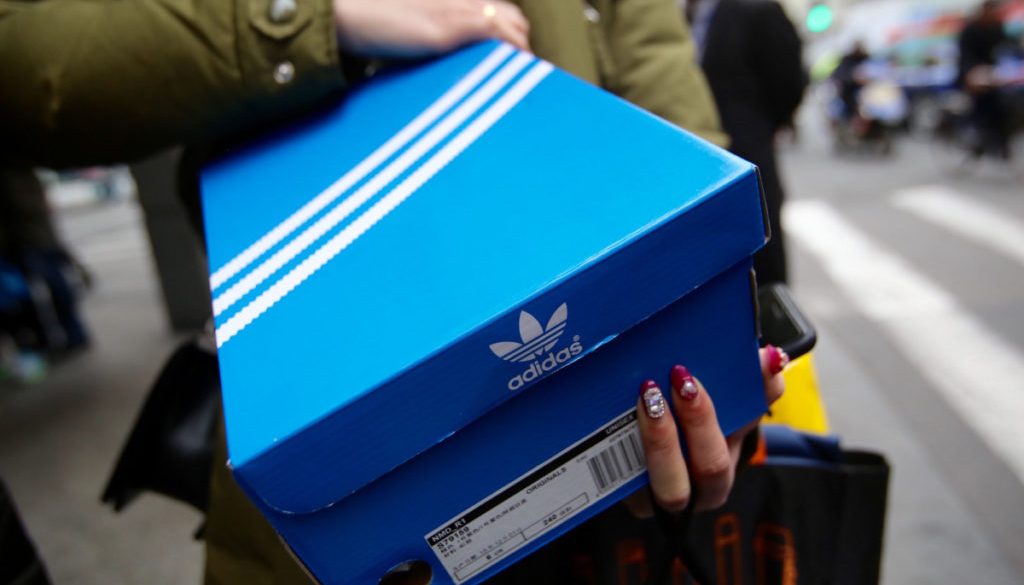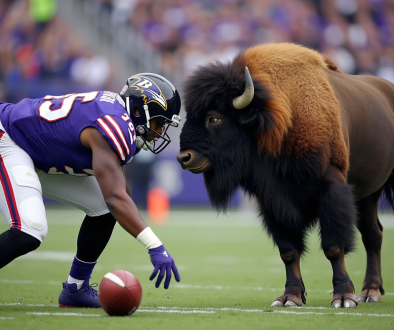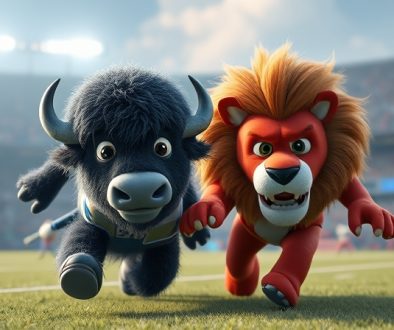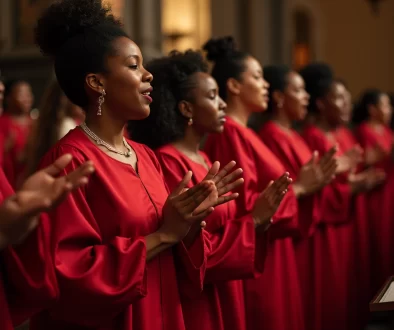How Adidas Took Over the Sneaker Game with a 50-Year-Old Shoe
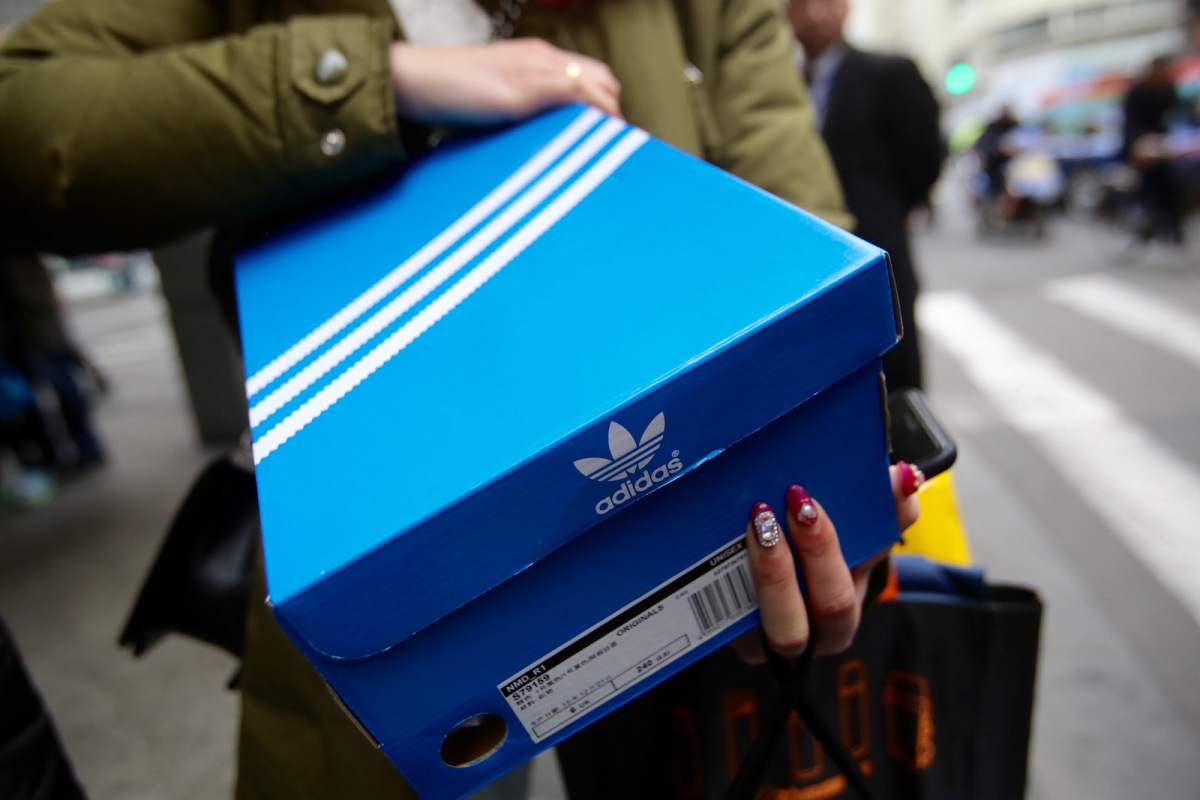
The opening bars to Run-D.M.C.’s classic “My Adidas” are among the greatest lines in all of rap:
My Ahhh-didas, walk through concert doors
And roam all over coliseum floors
I stepped on stage, at Live Aid
All the people gave, and the poor got paid
And out of speakers I did speak
I wore my sneakers but I’m not a sneak
My Adidas touch the sand of a foreign land
With mic in hand, I cold took command
My Adidas and me close as can be
We make a mean team, my Adidas and me
It wasn’t just that D.M.C. kicked off the hit track, which blared from playgrounds and suburbs in 1986 (and beyond), in such an explosive, heavy-hitting manner; “My Adidas” was a clarion call for the group’s love of Adidas Superstar sneakers—essentially the first ever product placement in a mainstream crossover hit. And the group didn’t have to get paid to rap about their favorite shoe (though they did: After a group of Adidas executives saw a Run-D.M.C. concert at Madison Square Garden in 1986, and witnessed the crowd hold up their Adidas sneakers when “My Adidas” was performed, the shoe company signed the rappers to a $1.5 million endorsement deal).
The Superstars, which Adidas first introduced in 1969, were the ultimate playground sneaker. Ideal for playing basketball, the thick rubber padding around the shoe’s toe, which inspired nicknames like “shell tops” and “clam toes,” protected a player’s feet. They were also ideal for brushing up and wearing out; the Superstar transcended its initial purpose and became a shoe adored by both sneakerheads and those who wanted something sleek to wear with a suit.
We’re living in period rife with nostalgia, so it makes perfect sense that the Superstars — a sneaker perfect for the time period it was introduced as well as now — would still be sought after. According to NPD Group, a market research company, the Superstar was the nation’s best seller by dollar sales in 2016—the first time in the history of tracking this market that Nike wasn’t in the top spot.
As sneaker connoisseur Bobbito Garcia told Complex in 2015, “The Superstar has never taken a step back as far as people wearing them around the world. It’s kind of freaky. Everything has its up and downs, but Superstars would remain constant.”
While shifts within the sneaker market have been subtle, the echo throughout has been profound. Basketball sneakers are out (sorry, Nike). People desire sneakers with multiple capacities — and if they’re vintage, all the better. Adidas was at the foreground of the sneaker explosion in the late 1960s and ’70s, and produced some of the most classic iterations, like the Superstar and the Stan Smith, which is the other Adidas sneaker you’ve likely seen everyone wearing the past year: 50 million or so Stan Smiths were reportedly sold as of 2016.
In 2015, Pete Forester of Sole Collector analyzed the historical growth of sneaker trends, paying particular attention to Garcia’s classic essay, “Confessions of a Sneaker Addict,” which was published in Source Magazine more than two decades ago. Forester focuses on how sneakers went from being a source of pride to something with collectibility and, ultimately, obsession.
What hasn’t changed is that a large part of how we interact with sneakers is measured in the community’s desired response. Remember, he says that the response to his shoes were so important that, “nothing beat” it. This is not a description of his favorite style; that comes secondary to how people responded to what’s on his feet. Sneakers and sneaker culture represent an ongoing conversation between the wearer and his or her sneaker community. Wearing a collaboration represents a tacit endorsement of the collaborators, even an adoption of their lifestyle (much like how we wear Jordans to “Be like Mike”).
Source: How Adidas Took Over the Sneaker Game with a 50-Year-Old Shoe
